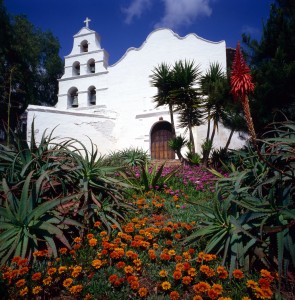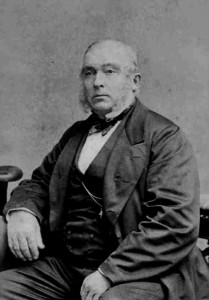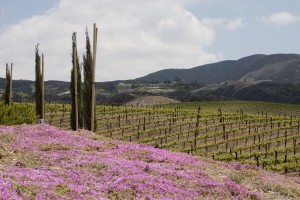Southern California might be more famous for sandy beaches than vineyards these days, but it is actually the birthplace of the California wine industry. Back in 1769, long before California was a state, Father Junipero Serra, a Spanish Franciscan missionary, founded the first Catholic mission in California on the site of present-day San Diego.
This new outpost of Christianity, named San Diego de Alcalá, was the first of nine missions Serra would found, stretching from San Diego to modern-day San Francisco. Up and down the length of what is now the state of California, the Franciscan Fathers gave the area its humble viticultural beginnings by planting the Mission grape for use in sacramental wines.
While many Americans know the story of the California Missions, even dedicated wine lovers might be surprised to learn that commercial winemaking in California also had its origins in the southern end of the state. California’s first commercial wineries were established in what is now Los Angeles as early as the 1820s.
By 1833, the area was growing Bordeaux varieties brought to the area by Jean-Louis Vignes, a native of the Bordeaux region of France. Vignes named his estate “El Aliso,” in honor of an ancient Sycamore tree growing near the entrance to his property. Known to his neighbors as “Don Luis del Aliso,” Vignes was an adventurer who traveled the world before settling down, planting vineyards, and making wine in southern California.
Many producers following in Vignes’ footsteps, and the area of southern California soon became the largest grape-growing area in the state. However, winemaking in the region was decimated by the dual threats of prohibition and pierce’s disease. Soon, the land in southern California became more valuable to the makers of residential housing, parks, and office buildings than it was to the producers of wine.
However, winemaking still survives in the area today. The South Coast AVA with over 3,000 acres under vine includes parts of the counties of Los Angeles, San Bernadino, San Diego, Orange, and Riverside. The Temecula Valley AVA, located in Riverside County, currently has over 1,500 acres planted to vine. Smaller plantings are to be found in the Ramona Valley AVA and the San Pasqual Valley AVA (both in San Diego County). The area’s most planted varieties include Zinfandel (including some very old vines), Cabernet Sauvignon, Merlot, and Syrah. The area is also becoming increasing known for sturdy Rhône varieties including Petite Sirah and Viognier.
While not part of the South Coast AVA proper, the area just north of Los Angeles is home to California’s newest (as of mid-2014) AVA, the Malibu Coast AVA, established on July 18, 2014. Upon its approval, the area’s two existing AVAs, Saddle-Rock Malibu and Malibu-Newton Canyon, became sub-appellations of the new Malibu Coast AVA.
Warmer, drier, inland AVAs in Southern California include the Cucamonga Valley AVA, (shared by Riverside and San Bernadino Counties) with just over 1,000 acres of vines. The large Antelope Valley of the High California Dessert AVA, and its tiny neighbors, the Sierra Pelona Valley and the Leona Valley AVAs, are located slightly to the north and east of Los Angeles.
Post authored by Jane A. Nickles, CSS, CWE – your SWE Blog Administrator


